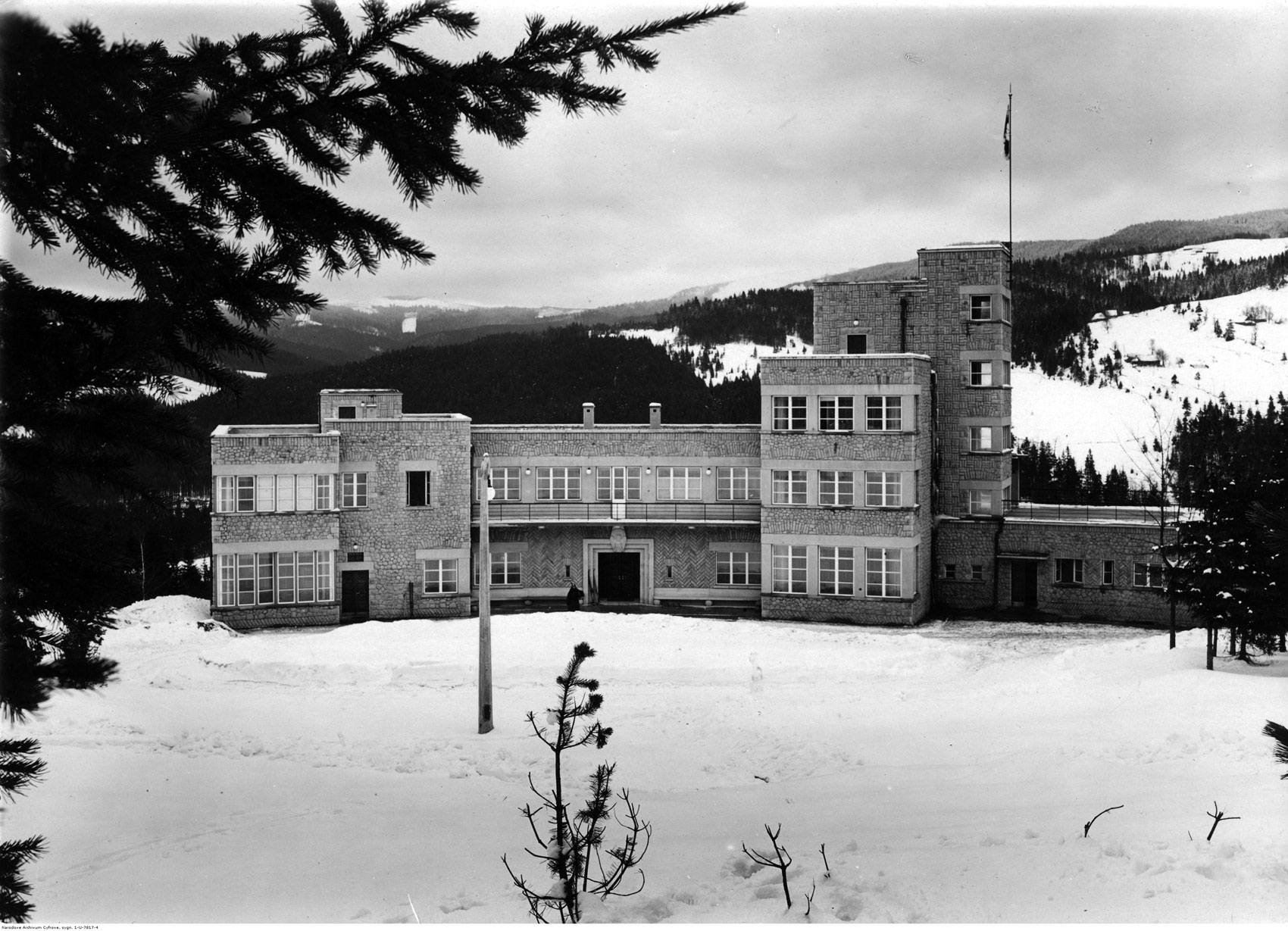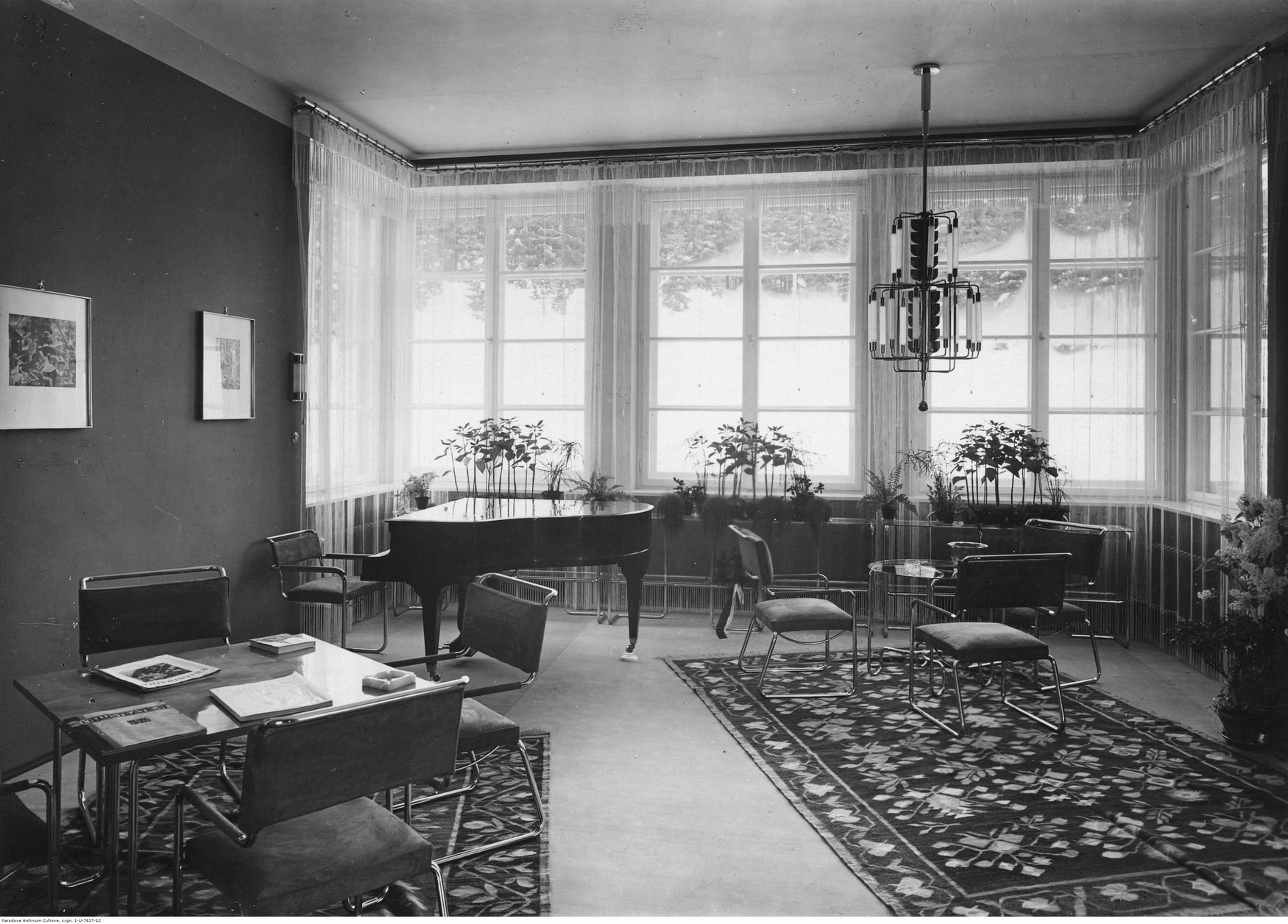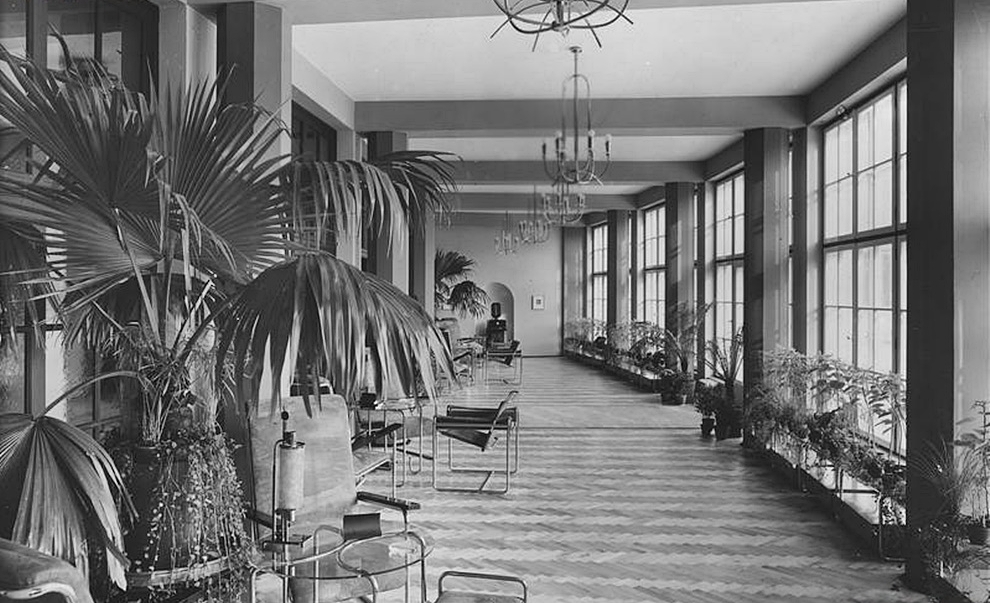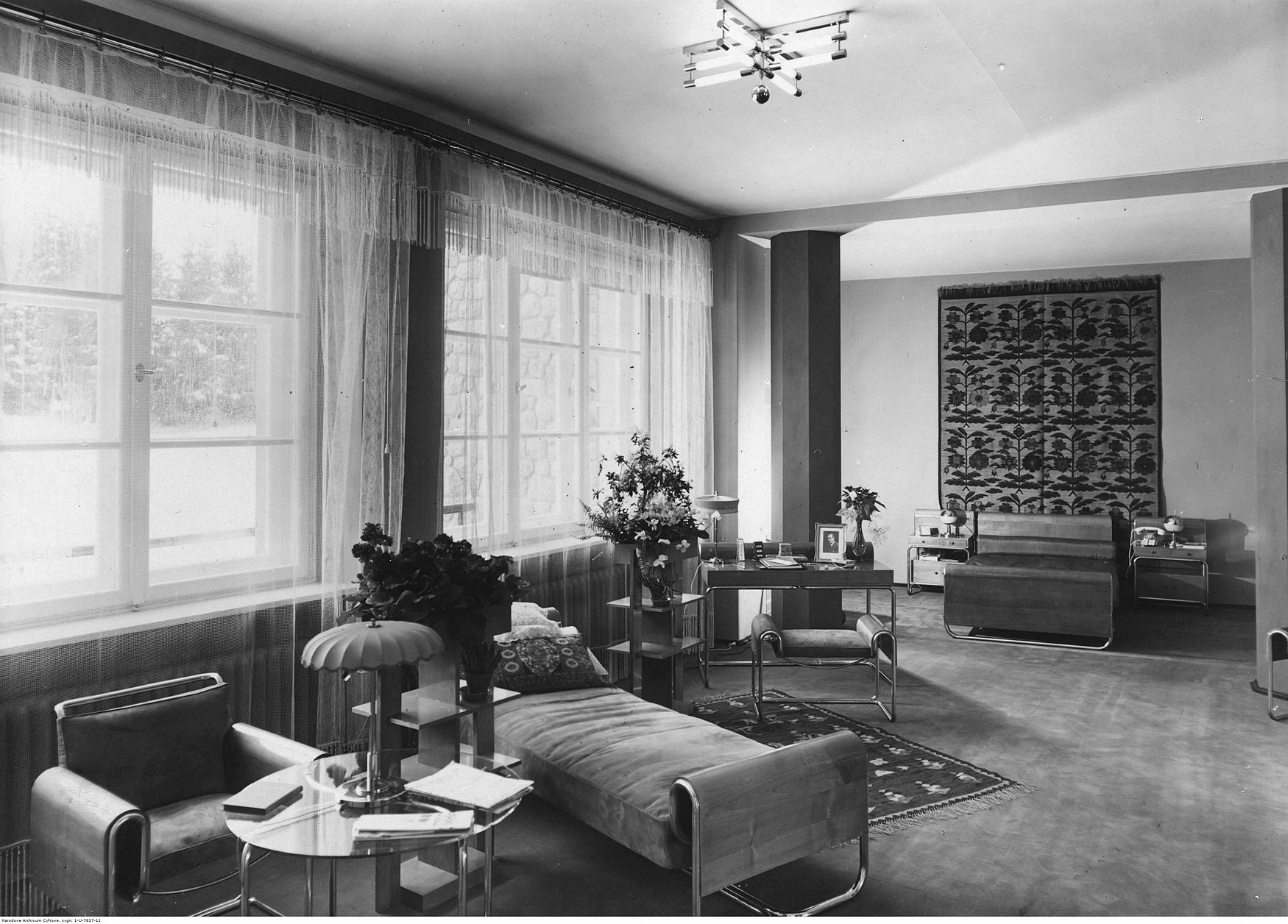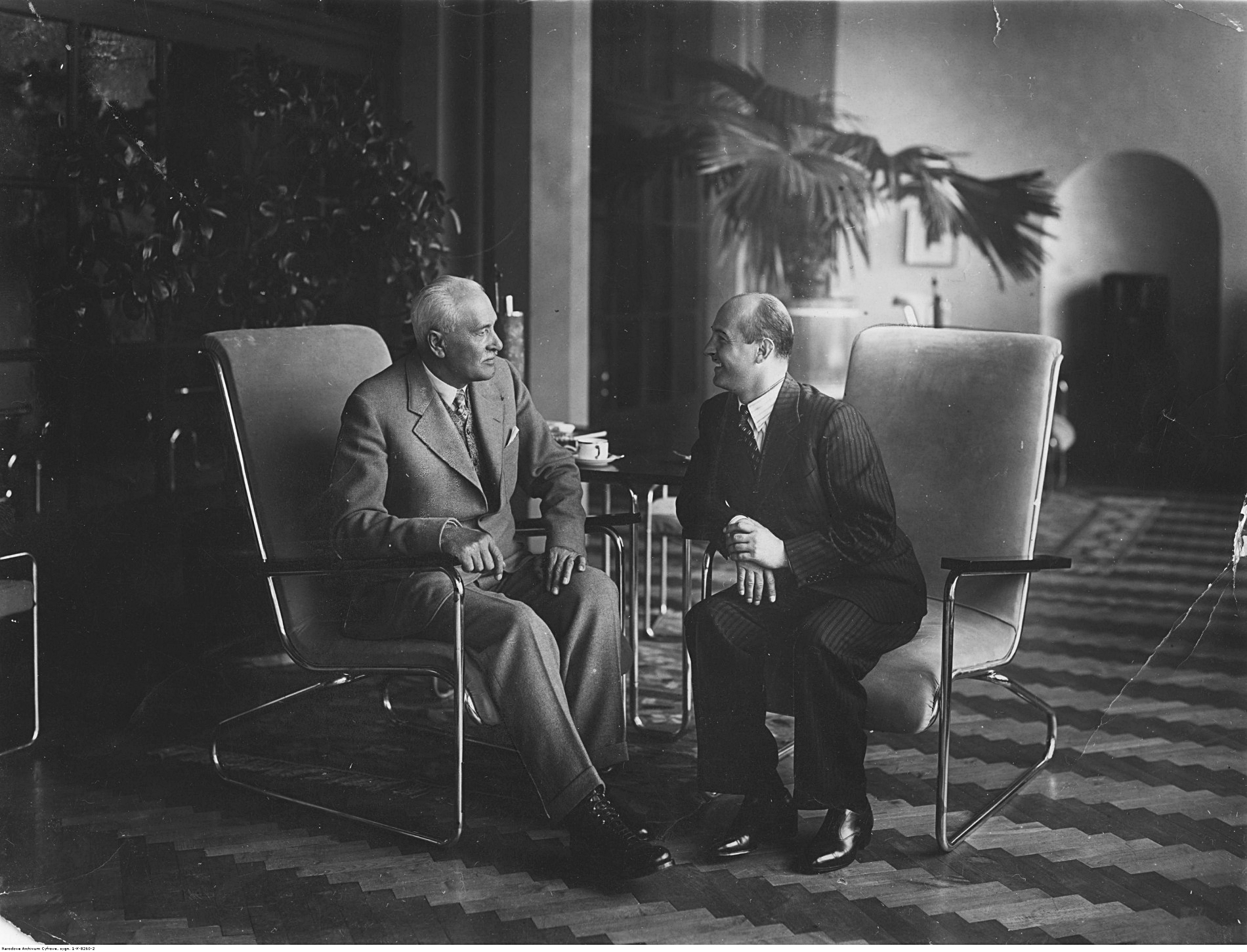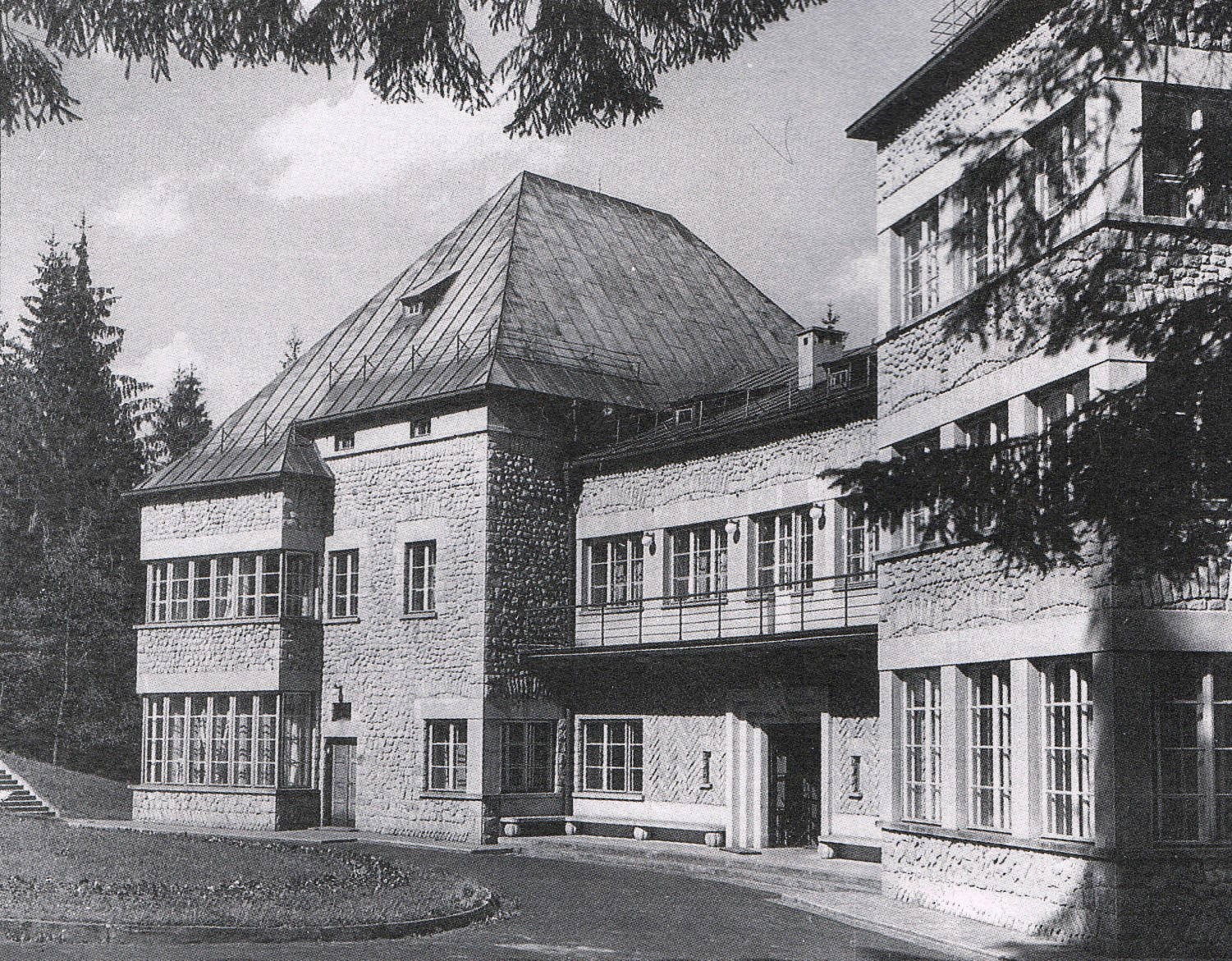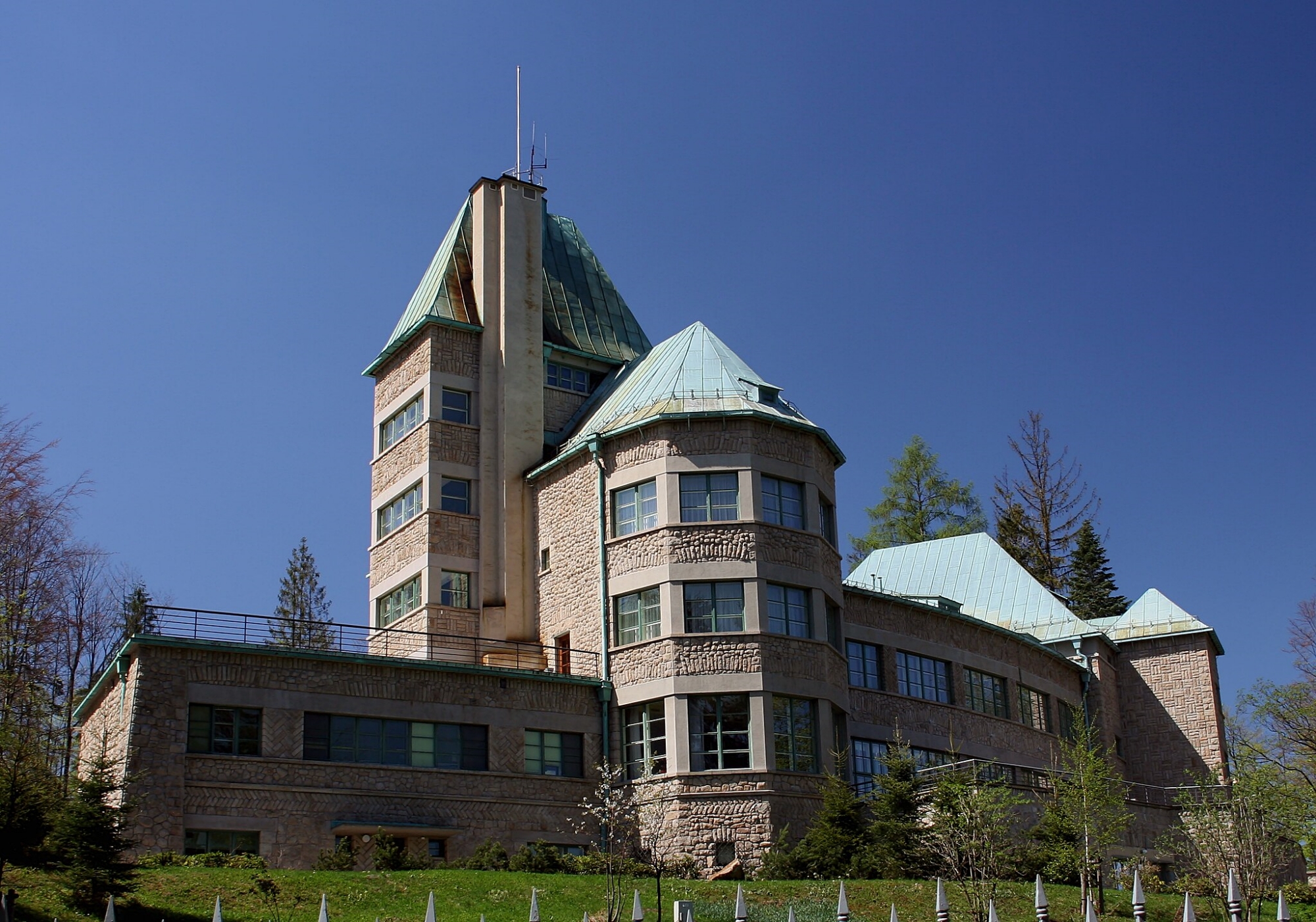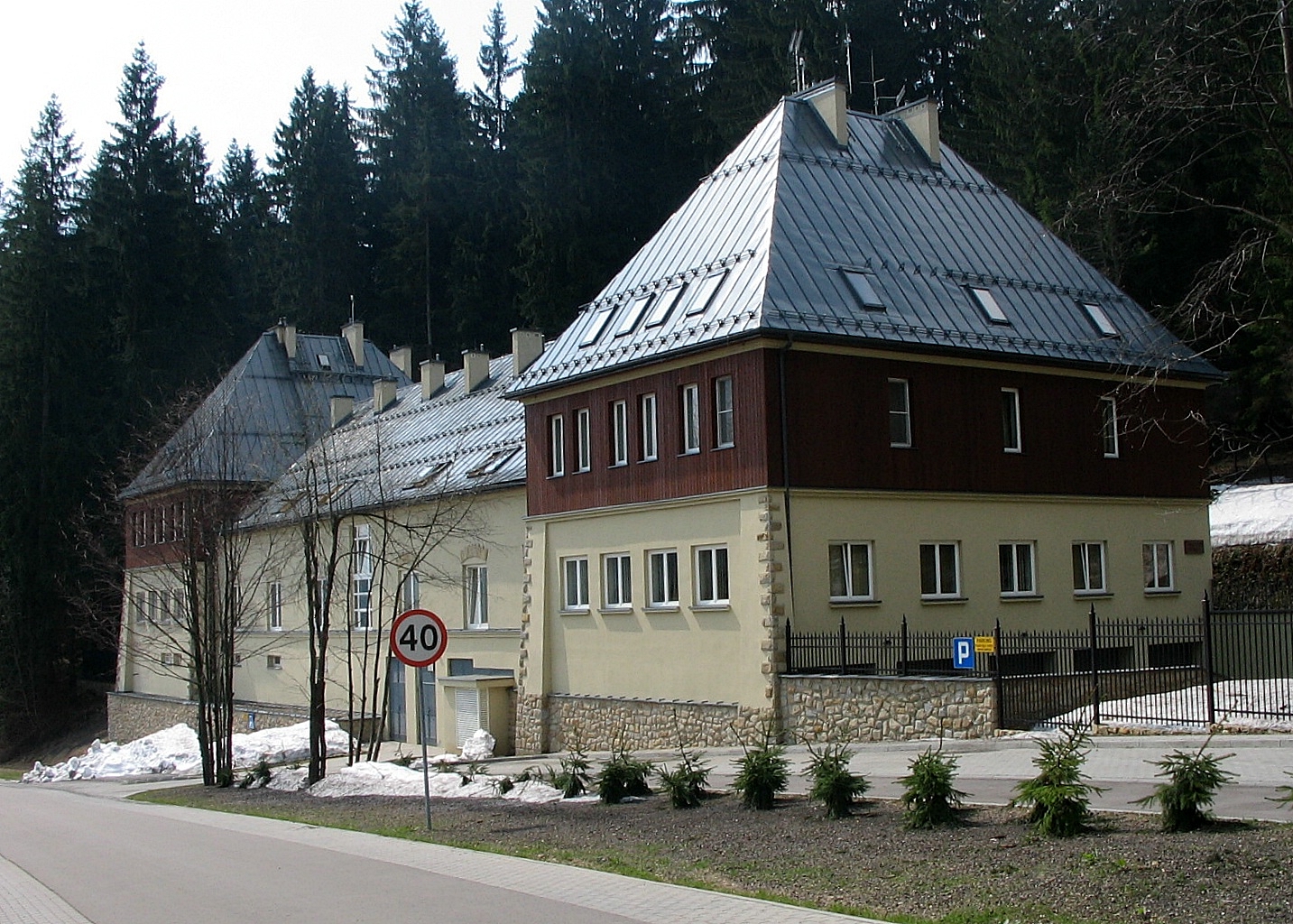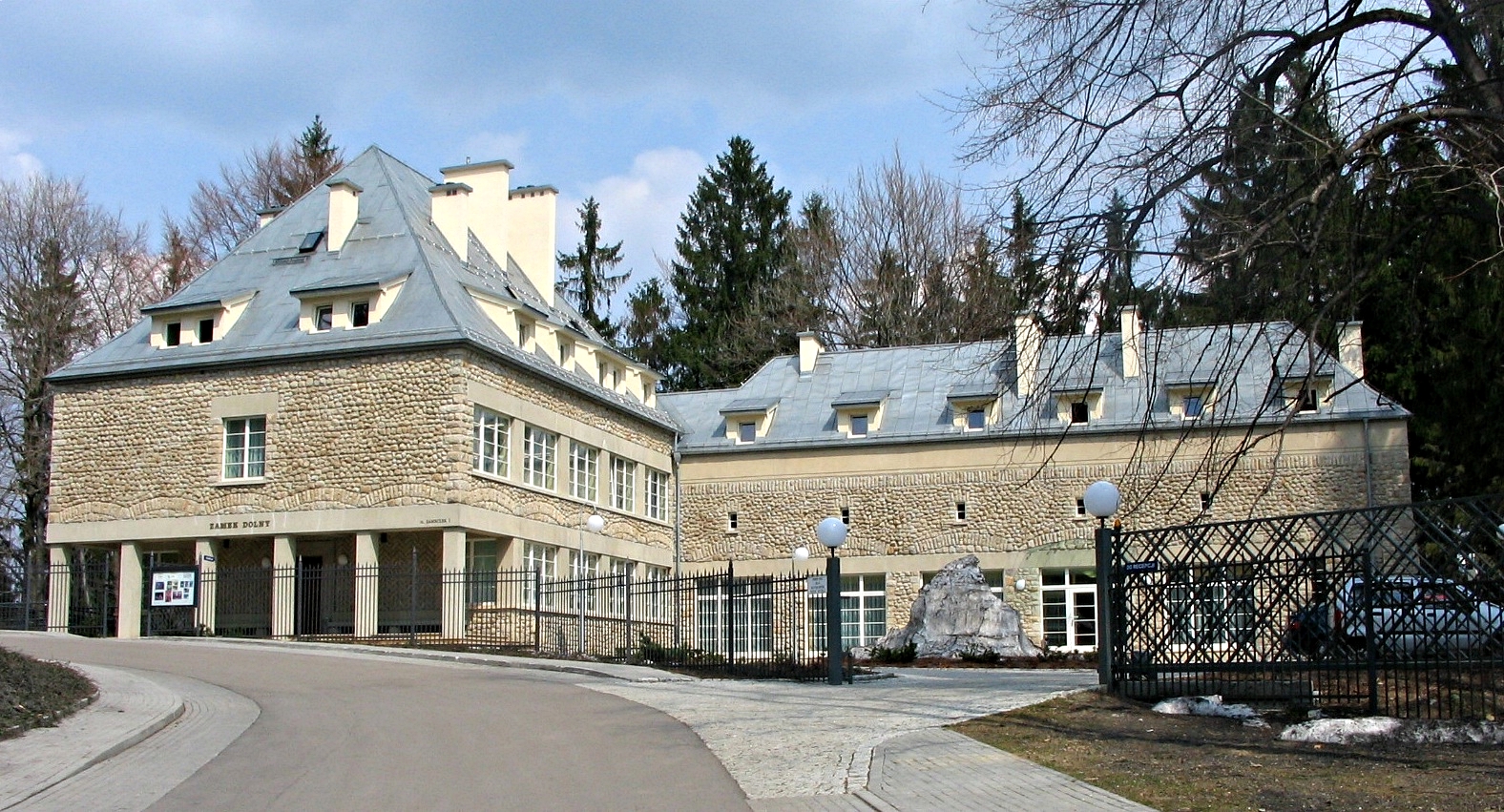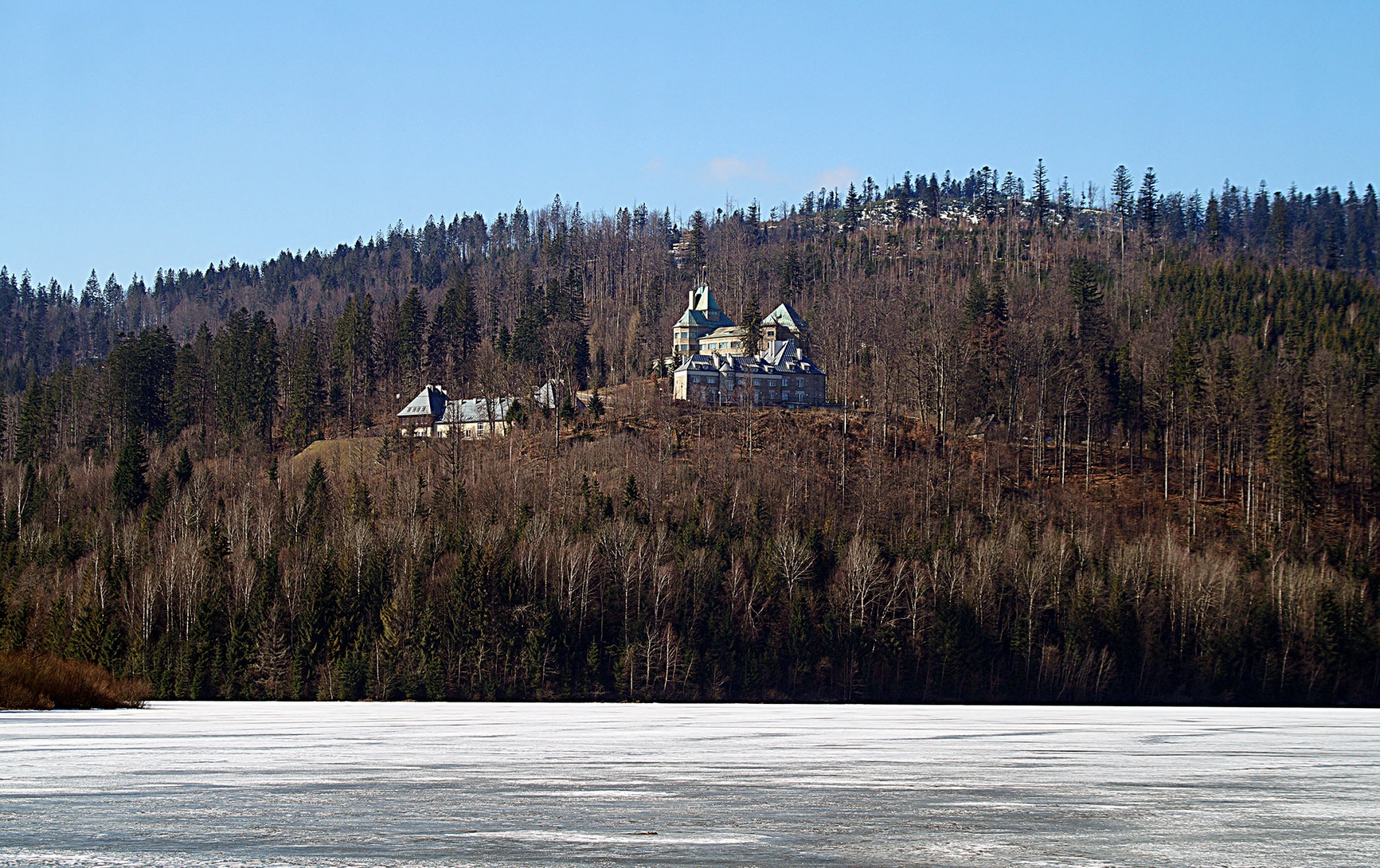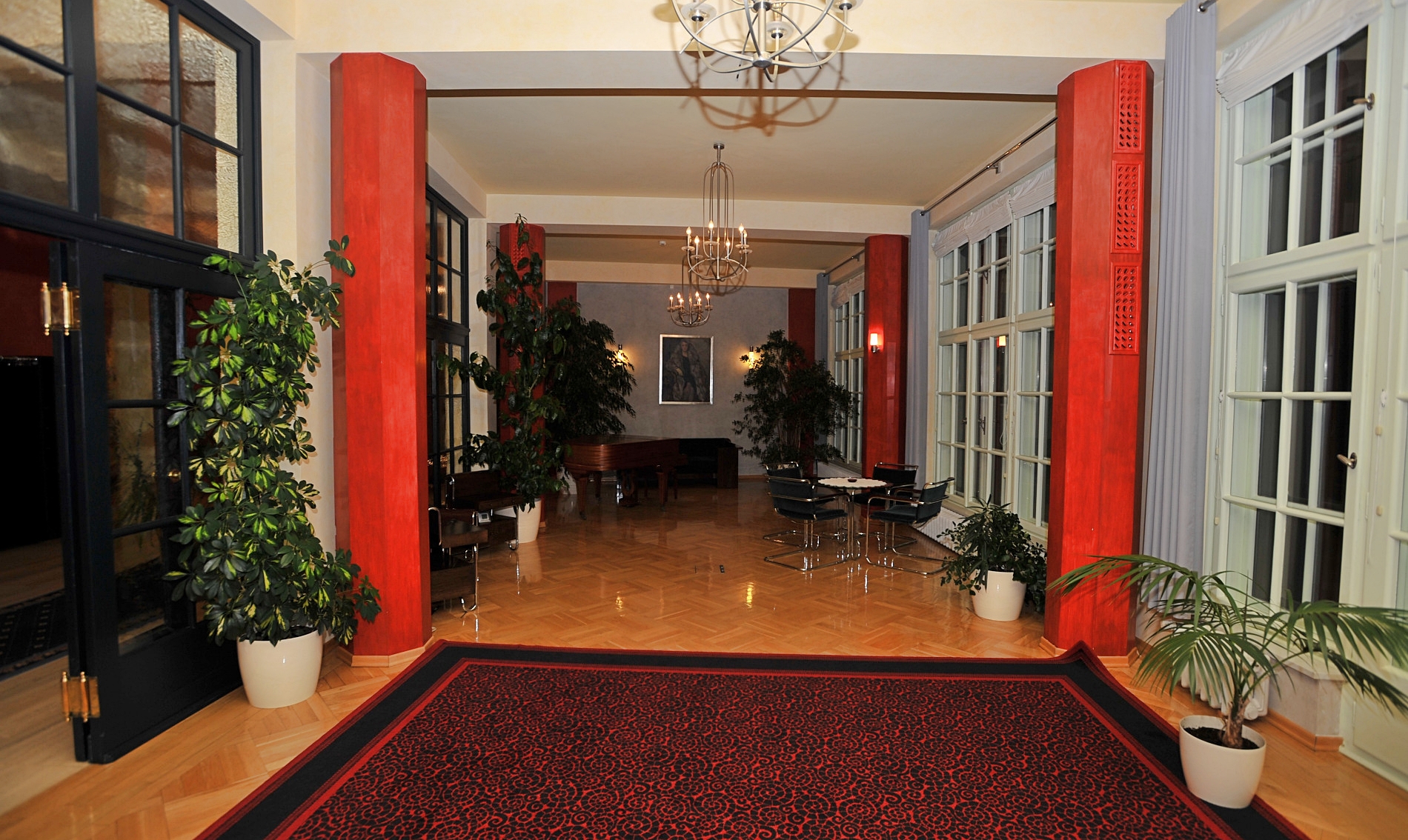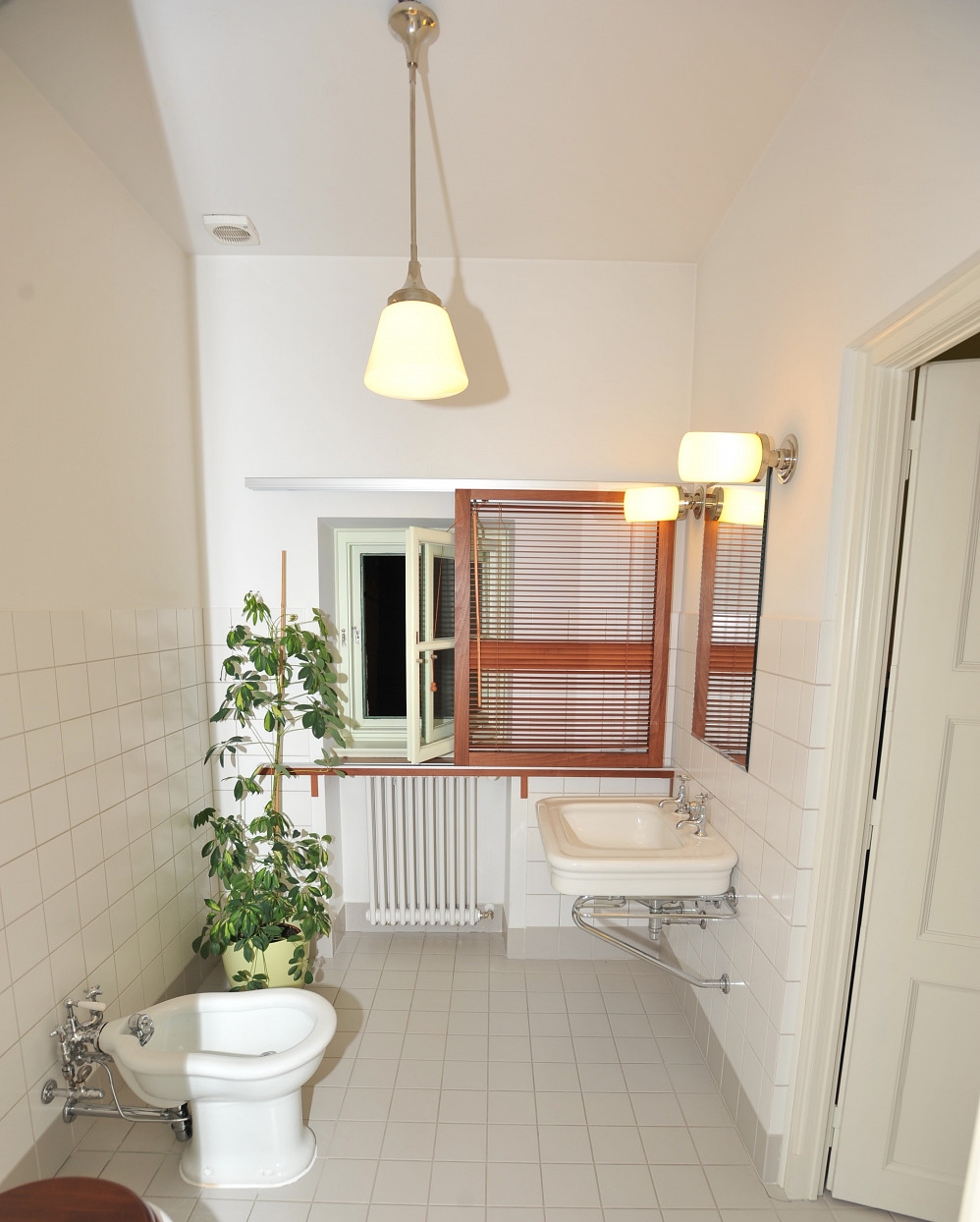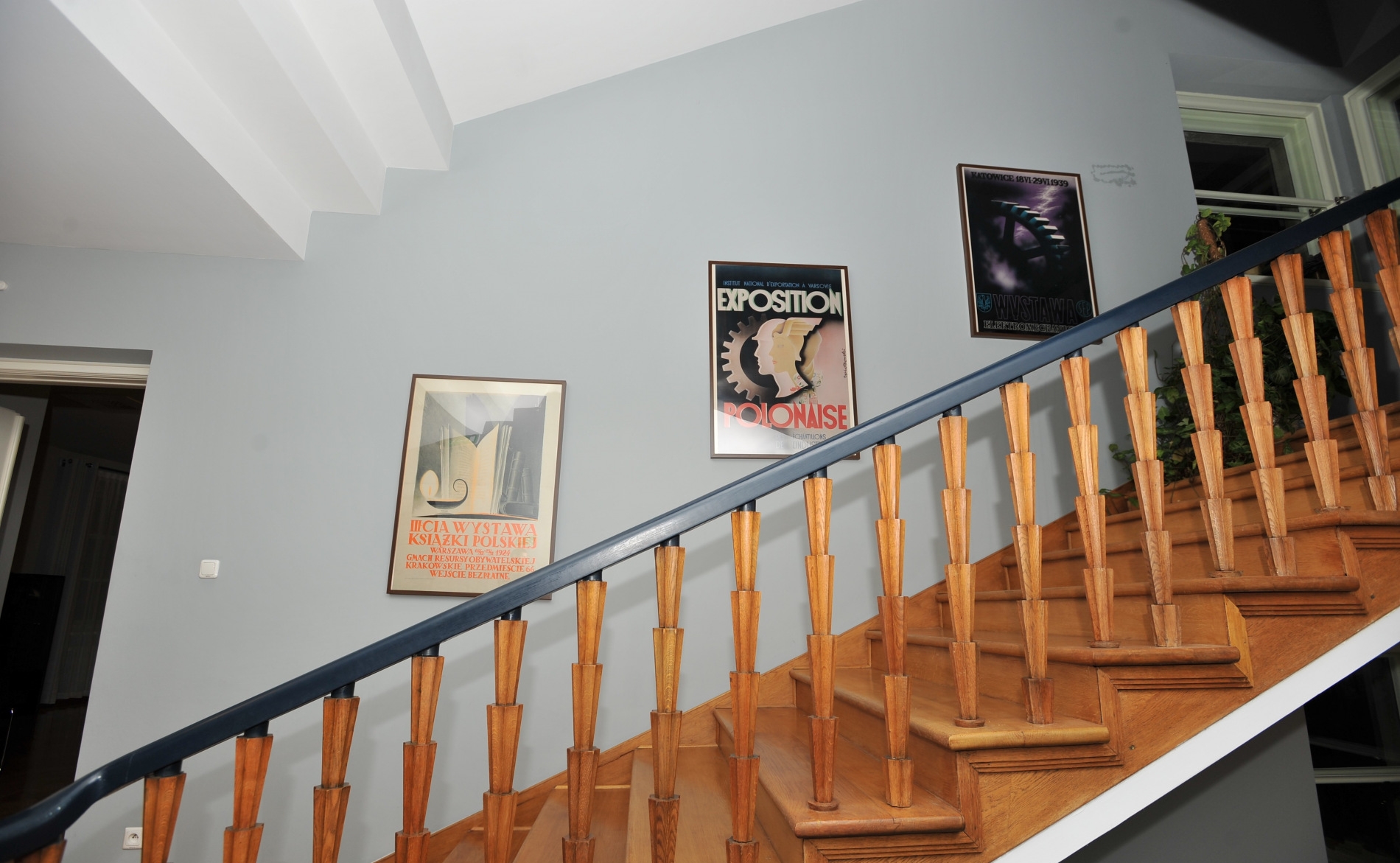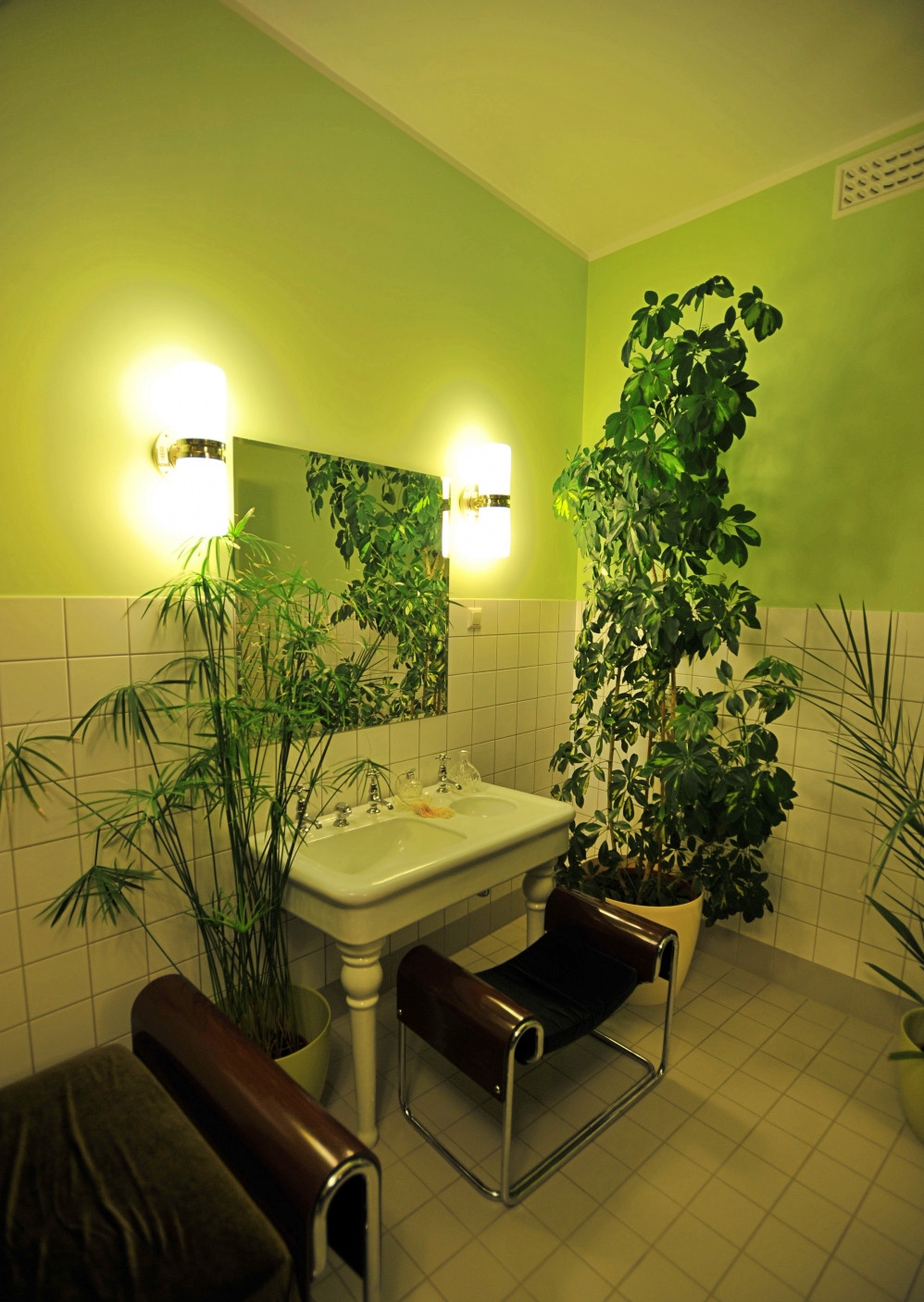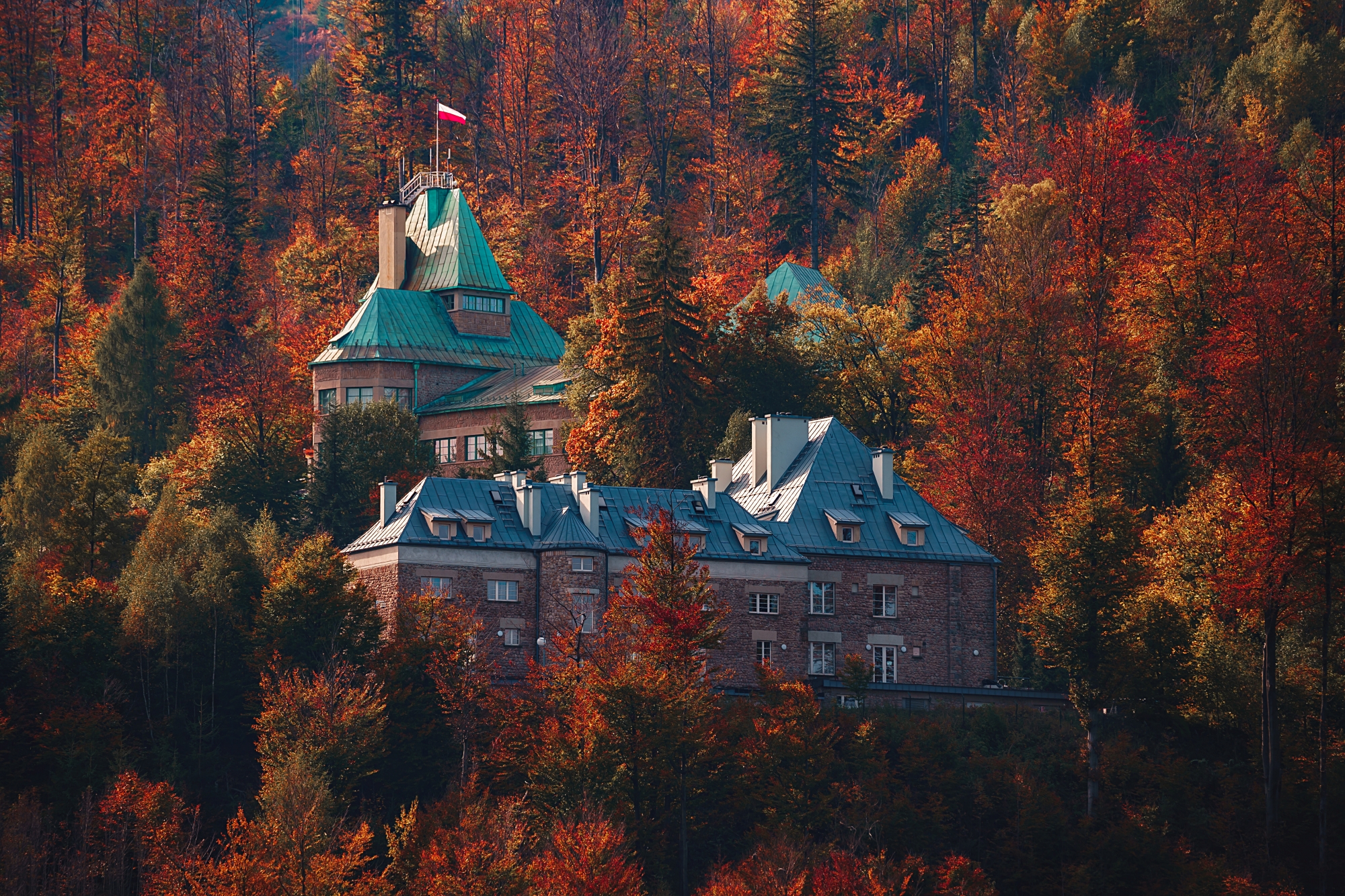The President’s Castle in Wisła was built between 1929 and 1930 on the site of a burnt wooden Habsburg hunting lodge from the early 20th century. It is an avant-garde work of Polish architectural and artistic thought of the interwar period. It was designed by Adolf Szyszko-Bohusz in cooperation with Andrzej Pronaszko and Włodzimierz Padlewski. It was a gift from the Silesian people to the President of the Republic of Poland, Ignacy Mościcki, and his successors.
The Castle of the President of the Republic, popularly known as Zameczek, is located in the heart of the Silesian Beskid, in Wisła Czarne. Currently, the Castle is called a complex of several buildings (the Castle proper, the Lower Castle and the so-called Gajówka) located on the slope of Zadni Groń, descending towards Lake Czerniańskie.
The Castle of the President of the Republic (Upper Castle). Source: Photo: Hons084 / Wikimedia Commons
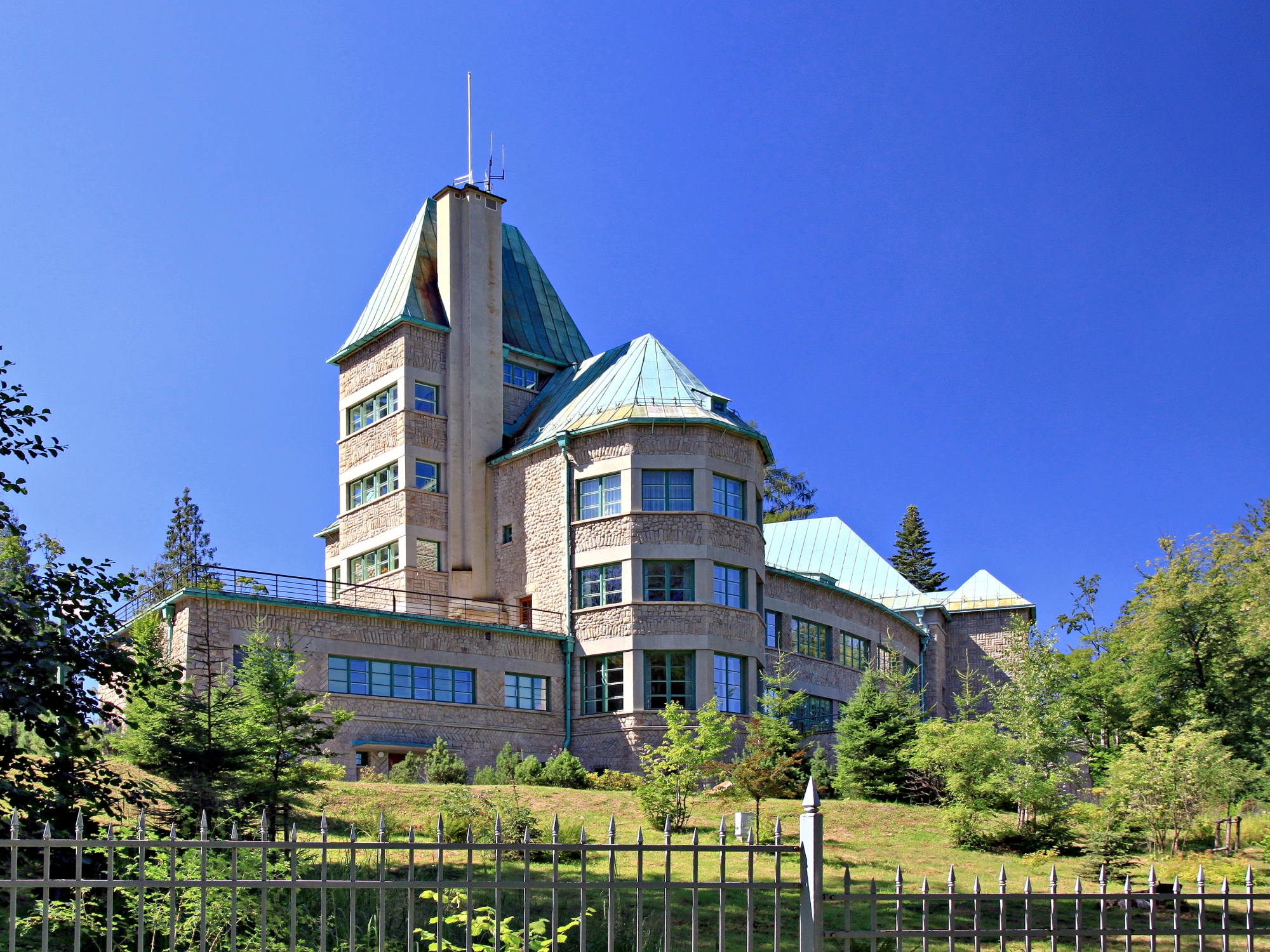
In 1906, Archduke Friedrich Habsburg of Těšín, enchanted by the wealth of the Beskydy forests, had a hunting lodge built on the slope of Zadní Groń in the Carpathian-Tyrolean style. Shortly after the end of World War I, the palace became the property of the Ministry of Agriculture. Subsequently, the Sejm of the Silesian Voivodeship decided to renovate the building and designate it as the residence of the President of the Republic of Poland. The gift was to be a symbol of Silesia’s unity with Poland and a resting place for presidents. The renovation was completed on 23 December 1927, and already on the night of 23/24 December, the building burned down. All that was left of it were the wooden buildings by the roadside and a wooden chapel in Tyrolean style. After the palace burned down, the Silesian Parliament decided to build a new, more representative building as a holiday residence for the President of the Republic as a gift from Silesia and Silesians to the head of state. Funds from the Silesian Voivodship treasury and money from collections among Silesian society and industrialists were allocated for this purpose.
The residence of the President of the Republic of Poland before and after the roof was added. Source: NAC – National Digital Archive,
The eminent Krakow architect Professor Adolf Szyszko-Bohusz was invited to design the new residence, and he designed a complex of modernist buildings between 1929 and 1931. The so-called Lower Castle, intended for the presidential entourage, was erected in the place of the former hunting lodge, while the actual residence, the so-called Upper Castle, was built slightly higher, on the stratum connecting Zadni Groń with Barania Góra (the arched shape of the building corresponds to the course of the stratum), at a place offering a view of the forks of the Biała and Czarna Wisełka rivers (currently there is Lake Czerniańska). The upper building, with its body consciously referring to the medieval castle, is seen today as a classic example of constructivism and functionalism of the late 1920s. The author’s mistake was the original use of flat roofs, non-functional in a mountainous climate fraught with rain and snow. It was not until 1938 that steep copper-clad double and hipped roofs were added. Prof. Andrzej Pronaszko and Włodzimierz Padlewski were invited to design the interiors. on 21 January 1931, the Silesian Parliament officially handed over the building to the President of the Republic of Poland, who at that time was Ignacy Mościcki. Until 1939, the castle was used by the head of state for leisure purposes, even several times a year.
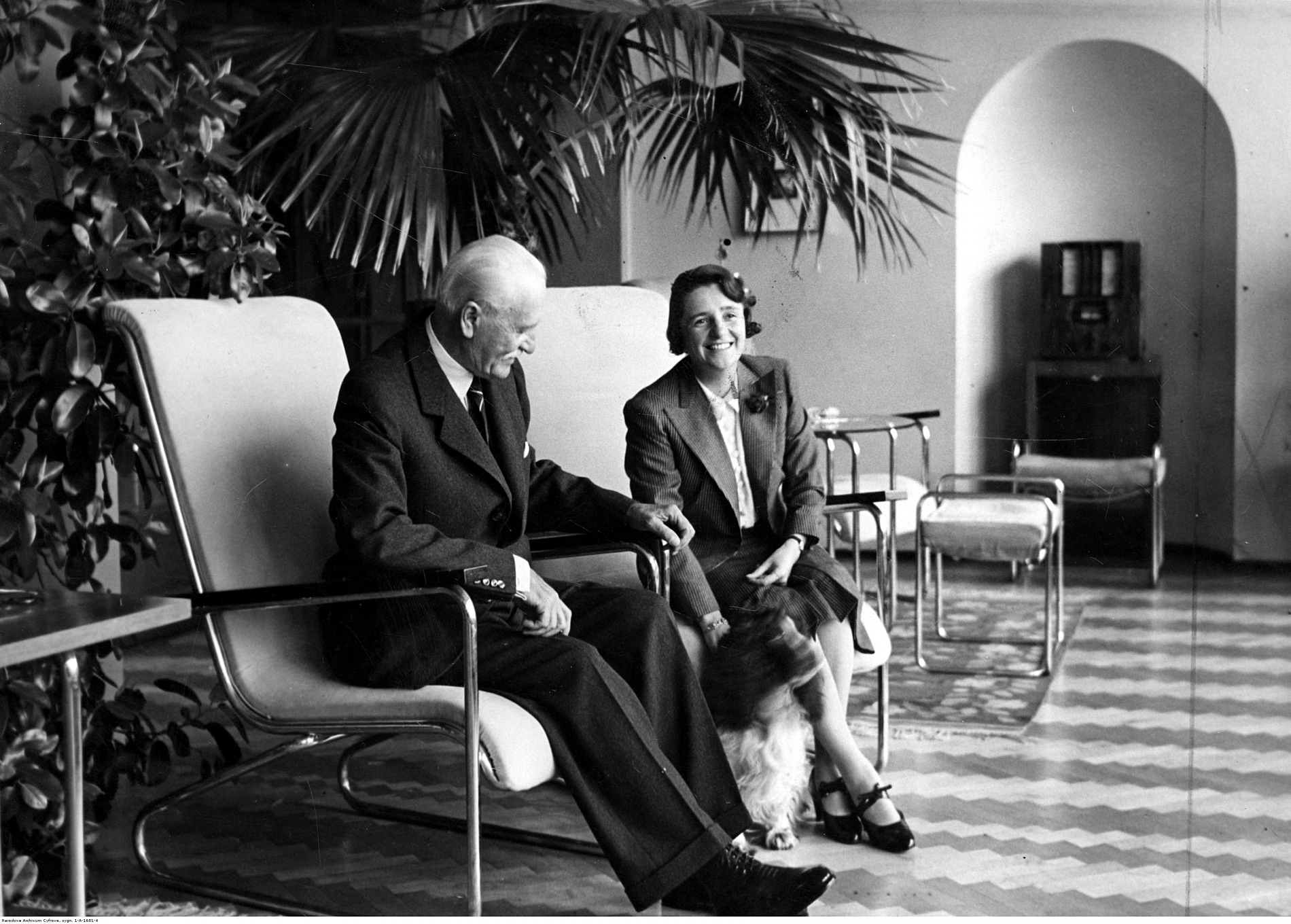
During the 1939-1945 occupation, the Castle was at the disposal of the German SS. After the war, the building, from which some of the original furnishings were lost, was quickly restored and placed back at the disposal of the President. After the liquidation of the office, it served as a resort for the Office of the Council of Ministers. The Zameczek also offered hospitality to people from the sciences (Tadeusz Kotarbiński, Szczepan Pieniążek, Zygmunt Skibniewski) and the arts (Nina Andrycz, Iga Cembrzyńska, Władysław Hańcza, Czesław Wołłejko). In those days, the Zameczek was ‘kept secret’ and the buildings of all its buildings were removed from the maps.
In 1981, the building became the holiday home of the Coal Mine XXX-lecia PRL (now Pniówek), but all the time it remained the property of the State Treasury. In the 1990s it was leased by the Jastrzębska Agencja Turystyczna (Jastrzębska Tourist Agency). In 2002, it was taken back over by the Chancellery of the President of the Republic of Poland and renovated in 2003-2005 with the reconstruction of the accompanying facilities. It was put back into use in 2005 for President Aleksander Kwasniewski as the Residence of the President of the Republic of Poland Castle – National Historic Complex in Wisła.
View of the Castle in 1937 and today. Source: NAC – National Digital Archives and Przykuta, CC BY-SA 3.0, via Wikimedia Commons
The Upper Castle, in addition to its representative and leisure functions for the President of the Republic, is also open to the public. On the second floor you can see President Moscicki’s study and bathroom with partly original furnishings. Most of it is original furniture designed by Pronaszko, which fortunately survived stored in the attics. Also surviving are chandeliers and sconces, telephones, part of the floors, some elements of the door and window frames, individual pieces of door and window hardware, etc. A helicopter landing pad has been built nearby and the chapel of St. Hedwig of Silesia from 1909 still stands. Next to the chateau there are tennis courts established in the early 1930s. The chateau is surrounded by a park with a valuable old forest of spruce, fir and rowan, as well as artificially introduced pine and dwarf pine.
The Presidential Castle in Wisła is probably the only example in the world of such a conceptually daring residence for a head of state. Tradition and modernity meet here, and the historicist references do not clash with the modernist expression of the whole.
Source: prezydent.pl, slaskie.travel, designalive.pl
Read also: Architecture in Poland | Modernism | Monuments | History | Villas and residences | Interesting facts







